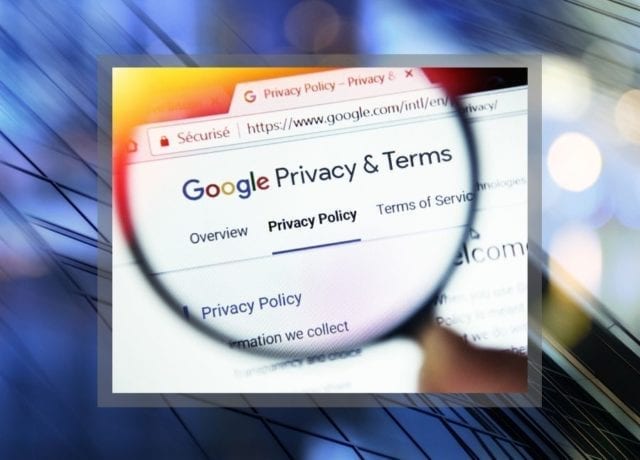Earlier this month, Google announced that it would remove contextual content categories from its Ad Manager by February of the upcoming year. What does the move mean in context?
Google, the Consumer Privacy Crusader?
Google framed the move as the search behemoth “navigating today’s privacy environment” — but the move still left some scratching their heads and others scrambling.
Google has made headlines several times this year for privacy-related decisions. In September, the company introduced the concept of a Privacy Sandbox to ad tech: a set of APIs designed to protect user privacy while still allowing publishers to target based on interest, demographics and more. The Sandbox would remove the individual data associated with these categories, replacing it with grouped subsets. In May, Google said it would make disabling cookies more straightforward for Chrome users.
Privacy Updates Coming February 2020
Now, the tech giant is taking an even bigger step to ostensibly curb consumer concerns regarding privacy. The decision to remove contextual content categories from ad bids represents another distinct, but related, move toward these privacy protections.
“Google billed the change as ‘additional steps to safeguard user privacy,’ but advertisers will still be able to access data like city-level location, website URL, app names or app IDs,” writes Lara O’Reilly at Digiday. “Others said the move was likely a small concession to show concern to the data protection authorities currently circling the company over GDPR compliance.”
O’Reilly goes on: “As with many of Google’s other recent privacy-related moves, this change could actually raise its so-called ‘walled garden’ slightly higher, even if unintentionally. Google, after all, will still have access to the contextual data itself.” With access to that data and the ability to serve other targeting information, Google may be able to draw advertisers further within its own walled garden. At this point, It’s unclear whether this is an unintended byproduct of the decision or a calculated move.
What the Move Means for Ad Tech
The move may not be as dire as some headlines make it out to be — at least for now. According to Allison Schiff at AdExchanger, the change coming up in February will simply change the default setting for developers. There are three cookie sharing options: strict, lax and none. Strict allows no cross-site sharing, lax allows sharing only across domains owned by the same publishers, and ‘none’ allows sharing across any domain. In February, Google will change the default from ‘none’ to ‘lax’, but developers will still have the option of manually reverting to ‘none’. If they do that, nothing much will change.
“Right now, there’s a countdown to Feb. 4, which is when ad tech companies, publishers and anyone whose business involves the dropping of pixels will have to add SameSite flags to their cookies or risk breaking their corner of the internet,” writes Schiff.
But that’s where the other shoe drops: once Google knows which cookies are being used for cross-site sharing, they could create a privacy tool that allows users to remove third-party cookie tracking. If they do that, they will effectively diminish the value of ad exchanges — with the exception of Google Ad Manager.




